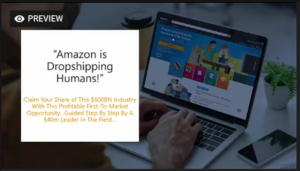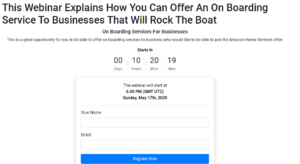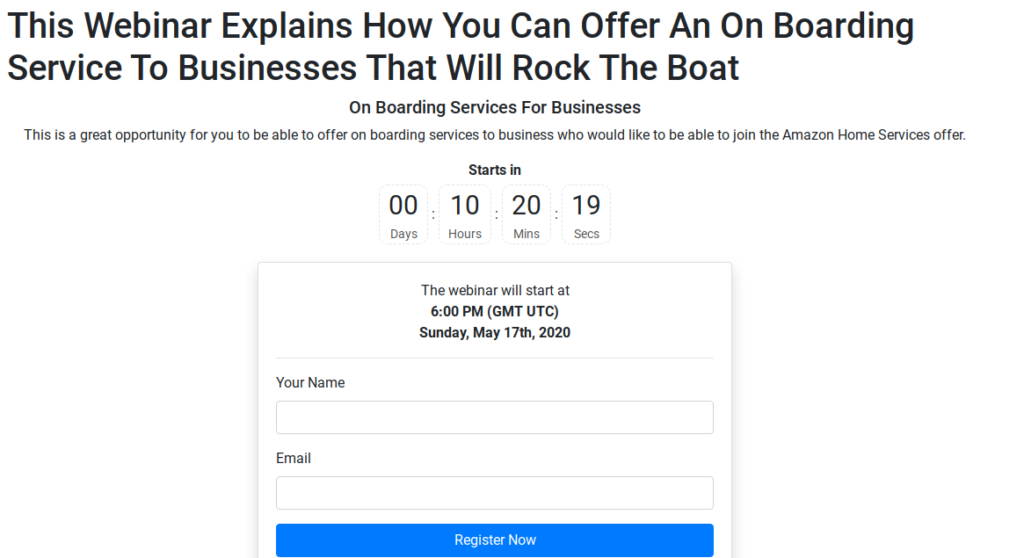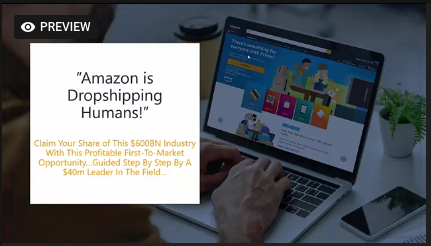Basic Steps – Create Webinar – Promote Webinar – Stream Webinar




What is the purpose of a webinar?
From internal training to capturing leads, marketers from industries across the board use webinars for all kinds of purposes. Taking the time to have a discussion with your viewers and answer each question they ask can reassure current customers that they’re in good hands while also pushing leads down the pipeline towards purchase.
Position yourself as the expert
Even if your webinar is free, they’re still giving you their contact information and time out of their day to hear what you have to say. Registrants trust that you’re delivering information that is valuable, unique, and interesting. Many of your attendees are tuning in to hear what you have to say as a thought leader.

Engage your audience
Webinars promise a value above traditional marketing tactics, and that value is a much more unique one. Webinars are meant to be a live and engaging gathering.
Generate new leads
With no leads, there’s no business. Leads can be generated in a multitude of ways, but attracting high-quality leads is something that businesses can struggle with. Webinars that pertain to topics relevant to your business are a great way to generate the high-quality leads. Why?
The people who see that you’re promoting your webinar will likely venture to your landing page and engage with your form by registering for the event. These are the people who are telling you that they’re interested in whatever it is you have to say.

Text chat
Engaging an audience big or small can be done in a few different ways, but one of the most simple methods is by enabling text chat. It’s difficult to grab a presenter’s attention with a question or an answer, but text chat in webinar tools makes it possible. And, just like your question being addressed in a traditional meeting, answering questions that your audience has builds trust and authority.
Slide decks
Consider having a slide deck handy to present to your audience as you talk through it. Having a slide deck also allows you to provide a clear agenda for your viewers, encourage engagement, and give the audience something to walk away with.
Recording
Traditionally, webinars run live so that the audience can ask the presenter questions and get answers in real-time.
Although watching a pre-recorded webinar becomes less engaging, the information being presented or discussed can be viewed by those who missed the live version, can be referred to later by your audience, or recorded with a guest who is unable to make the scheduled time.
Screen sharing
If your topic requires a demonstration, screen sharing features in webinar tools will come in handy. Viewers will be able to see exactly what actions you’re taking on your screen and follow along on their own if needed.
Whiteboard
If you’re explaining a complex topic and want to do it live, using a whiteboard feature enables you and other hosts to take notes, illustrate ideas with drawings, or draw arrows to demonstrate a process.
Technical issues
Webinars have a unique set of challenges. If you’re organizing a webinar, the largest challenge you’ll have to prepare to face is the challenge of technical difficulties. From an internet connection to operating software, the number of different issues you’ll be confronted with knows no end.

Solution:
Prepare ahead of time by running through a few checks. First, check your environment: internet stability, camera positioning, lighting, and sound check should all be tested before launching your webinar at least a day beforehand and again an hour before the broadcast.
Promotion
Preparing a webinar means nothing if nobody sees or hears what you have to say. A majority of your webinar’s success will come from promotions, just like any event’s success would.
Solution:
Hands down, make sure you’re promoting your webinar. No matter what topic you’re presenting on, share your event on social media. The more reach your landing page has, the more likely a great lead will come through. There’s no reason not to promote on social: it’s free, it’s easy, and it’s a great way to reach a wider audience.

Keeping your audience engaged
Our attention spans are shorter than ever, meaning that if there’s a way for us to lose our focus, we will.
Solution:
The format of your webinar will determine the difficulty of this first step, but one of the things that keeps people engaged is including them in your conversation.
If there’s a way that you can incorporate hand raising, a Q&A, or polls into your presentation, doing so will hold the attention of a viewer longer than if they were listening to one person speak for the entire session. Opportunity for participation can go a long way.
Additionally, make the visual appearance of your webinar appealing and exciting. Whether that means using GIFs, images, or videos, visual assets that can help explain what you’re talking about will capture the attention of your audience.